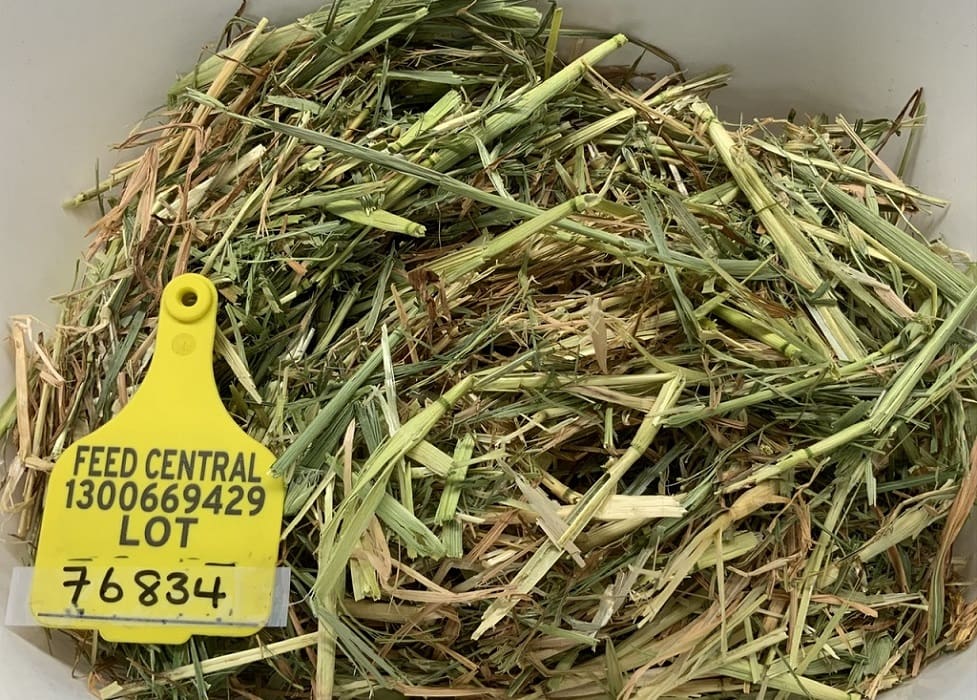
AUSTRALIAN farmers have made their best quality hay for a decade with feed and visual tests easily outstripping the previous season.
Tests by Feed Central have shown overall sugars are up 10 per cent, hay bale weights are up 16 per cent, and 58 percent of hay has been graded FCAA or FCA compared to just 16pc the previous year.
Feed Central grower services manager Stephen Page said it had been the best year for hay production he’d seen in his nine years with the company.
Mr Page released the details alongside FC quality services operations manager, Kimberley Detmers, in Feed Central latest Hay Matters podcast.
Mr Page said he had recently toured through New South Wales which was having a fantastic season.
“In the nine years I’ve been with Feed Central, this year has been the best year I have seen across eastern Australia and into South Australia,” he said.
“Overall, the whole region has produced hay that is phenomenal in quality.”
Mr Page said 58pc of hay inspected had been graded FCAA or FCA grade this year, compared to only 16pc in 2022-23. Feed Central has four visual grades FCAA, FCA, FCB, FCC.
“The previous season was extremely wet and people were still baling into the new year; this year most were finished before Christmas.”
Cereal hay bales were up 16pc in average weight due to the higher nutritional value.
“This is good because the more weight in the bales you get more tonnes in the shed, better freight rates and it means less work,” Mr Page said.
Ms Detmers, who runs Feed Central’s feed test lab, said there had been a big increase in the number of growers getting their hay tested compared to the same time last year.
“There’s strong interest to differentiate their product in the market place,” she said.
“We’ve seen growing demand year-on-year for feed testing.”
Across cereals and legumes, there has been a consistent decrease in the percentage of fibre this year, that Ms Detmers attributes to more sugars and proteins boosting nutrient quality.
“Last season we struggled a lot with rain-affected product.
“This year we had quite a dry, early start to the season due to hot conditions across the country,” she said.
“Generally speaking, earlier harvested means higher quality.
“This year there’s more immature product with more flower and that is translating to higher sugars and proteins across the board,” Ms Detmers said.
“Overall sugars up about 10 per cent which is quite remarkable and really speaks to the quality of hay.”
More details can be found at www.feedcentral.com.au.

HAVE YOUR SAY